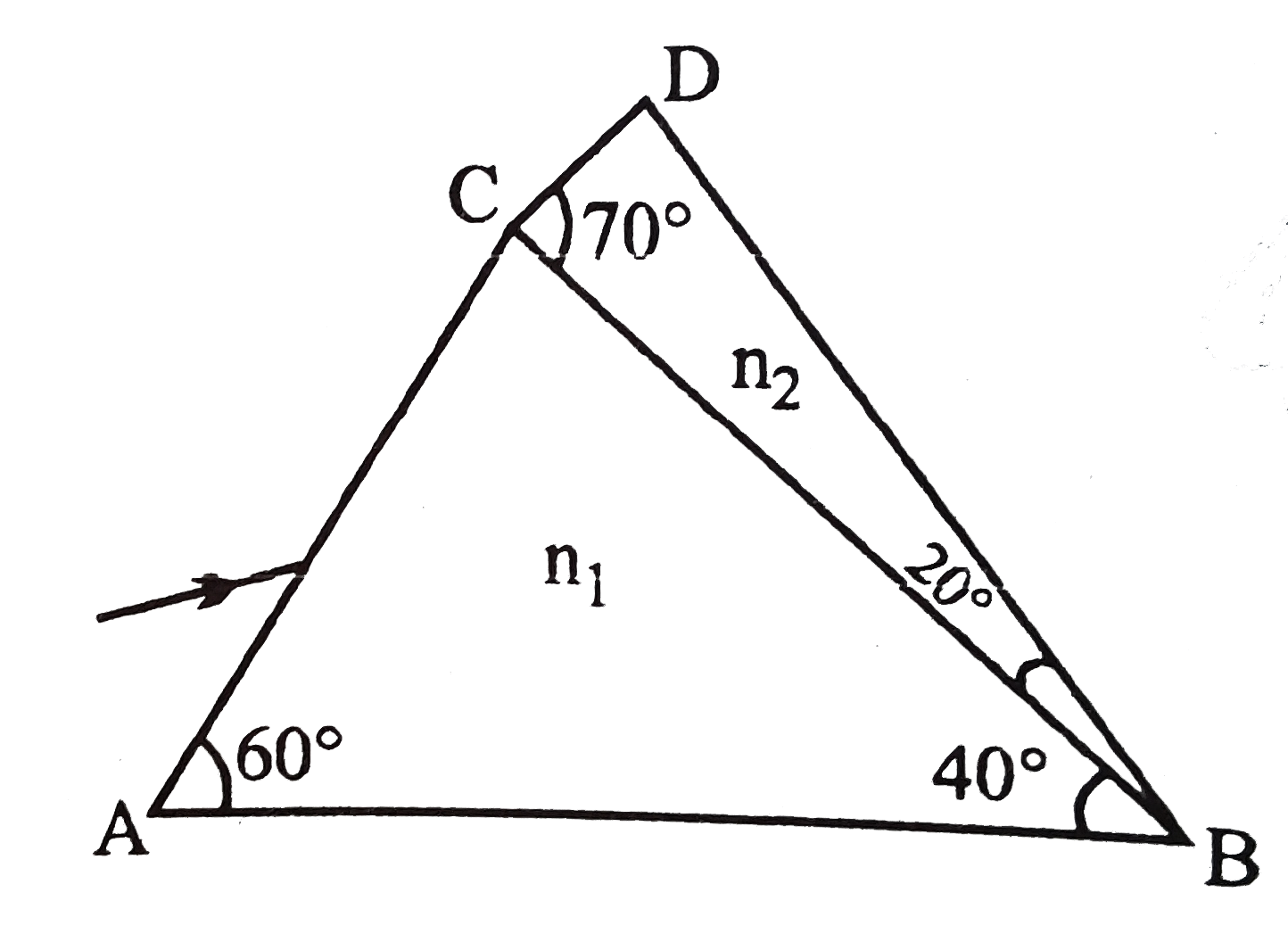The particles of mases 1kg and 2 kg are placed at a separation of 50 cm. Assuming that the only forces acting on the particles are their mutual gravitation find the initial acceleration of heavier particle.Solution in Gujrati
Force exerted by one particle on another is
acceleration of heavier particle .
Note : This example shows that gravitational force is quite weak but this is the only force keep binds our solar system and also the universe and also the univers comparising of all galaxies and other interstellar system.
Topper's Solved these Questions
- GRAVITATIONBOOK - ALLEN CHAPTER - GRAVITATIONEXERCISE - BOX-1
3 Videos
- GRAVITATIONBOOK - ALLEN CHAPTER - GRAVITATIONEXERCISE - BOX-2
13 Videos
- GRAVITATIONBOOK - ALLEN CHAPTER - GRAVITATIONEXERCISE - Exercise 5 B (Previous Year Questions)
9 Videos
- GEOMETRICAL OPTICSBOOK - ALLEN CHAPTER - GEOMETRICAL OPTICSEXERCISE - subjective
14 Videos
- KINEMATICS-2DBOOK - ALLEN CHAPTER - KINEMATICS-2DEXERCISE - Exercise (O-2)
47 Videos
Similar Questions
If four different masses m1,m2,m3 and m4 are placed at the four corners of a square of side a, the resultant gravitational force on a mass m kept at the centre is
View SolutionThe magnitude of the gravitational field at distance r1 and r2 from the centre of a uniform, sphere of radius R and mass M are F1 and F2 respectively then-
View SolutionA satellite S is moving in an elliptical orbit around the earth. The mass of the satellite is very small compared to the mass of the earth.
View SolutionA prism of refractive index n1 & another prism of reactive index n2 are stuck together without a gap as shown in the figure.The angle of the prisms are as shown. n1&n2depend onλ,the wavelength of light according to n1=1.20+10.8×104λ2&n2=1.45+1.80×104λ2 where λ is in nm.

(i)Calculate the wavelength λ0for which rays incident at any angle on the interfaceBCpass through without bending at that interface.
(ii) for light of wavelength λ0,find the angle of incidencei on faceACsuch that the deviation produced by the combination of prism is minimum.
View SolutionA particle is moving in xy-plane .At certain instant the components of its velocity and acceleration are as follows ux=3m/s,uy=4m/s,ax=2m/s2anday=1m/s2. The rate of change of speed at this moment is
View SolutionTwo particles of masses 1.0 kg and 2.0 kg are placed at a separation of 50 cm. Assuming that the only foces acting on the particles are their mutual gravitation find the initial acceleration of hthe two particles.
View SolutionTwo particles of masses 1kg and 2kg are placed at a distance of 50cm. Find the initial acceleration of the first particle due to gravitational force.
View Solution1 किग्रा तथा 10 किग्रा द्रव्यमान के दो कण पारस्परिक गुरुत्वाकर्षण बल के अंतर्गत गति कर रहे है|इन पर कार्यरत (i ) बल का ,(ii ) त्वरण का अनुपात क्या होगा?
View SolutionTwo particles of masses 1 kg and 2 kg are placed at a separation of 50 cm find out gravitational force between them
View SolutionThree particles, each of mass m are fixed at the vertices of an equilateral triangle of side length a . The only forces acting on the particles are their mutual gravitational forces. Then answer the following questions. Force acting on particle C , due to particle A and B
View Solution1 kg एवं 2 kg द्रव्यमानों वाले दो कण 50 cm दूरी पर रखे हुए है। यह मानते हुए कि कणों पर केवल पारस्परिक गुरूत्वाकर्षण बल ही लगता है। भारी कण का प्रारम्भिक त्वरण ज्ञात कीजिये।
View SolutionTwo particles of masses 1.0 kg and 2.0 kg are placed at a separation of 50 cm. Assuming that the only forces acting on the particles are their mutual gravitation find the initial acceleration of the two particles.
View SolutionTwo small bodies of masses 10 kg and 20 kg are kept a distance 1.0 m apart and released. Assuming that only mutual gravitational force are acting, find the speeds of the particles when the separation decreases to 0.5 m.
View SolutionTwo particles of masses 1.0 Kg and 2.0 Kg are placed at a seperation of 50 cm. Assuming that only gravitational forces acting on the particles mutually, the initial acceleration of the first particle.
View SolutionTwo particles of masses 1.0 kg and 2.0 kg are placed at a separation of 50cm. Assuming that only gravitational forces acting on the particles mutually , the initial acceleration of the first particle.
View SolutionTwo particles of masses 1.0 kg and 2.0 kg are placed at a separation of 50 cm. Assuming that the only forces acting on the particles are their mutual gravitation find the initial acceleration of the two particles.
View Solution
